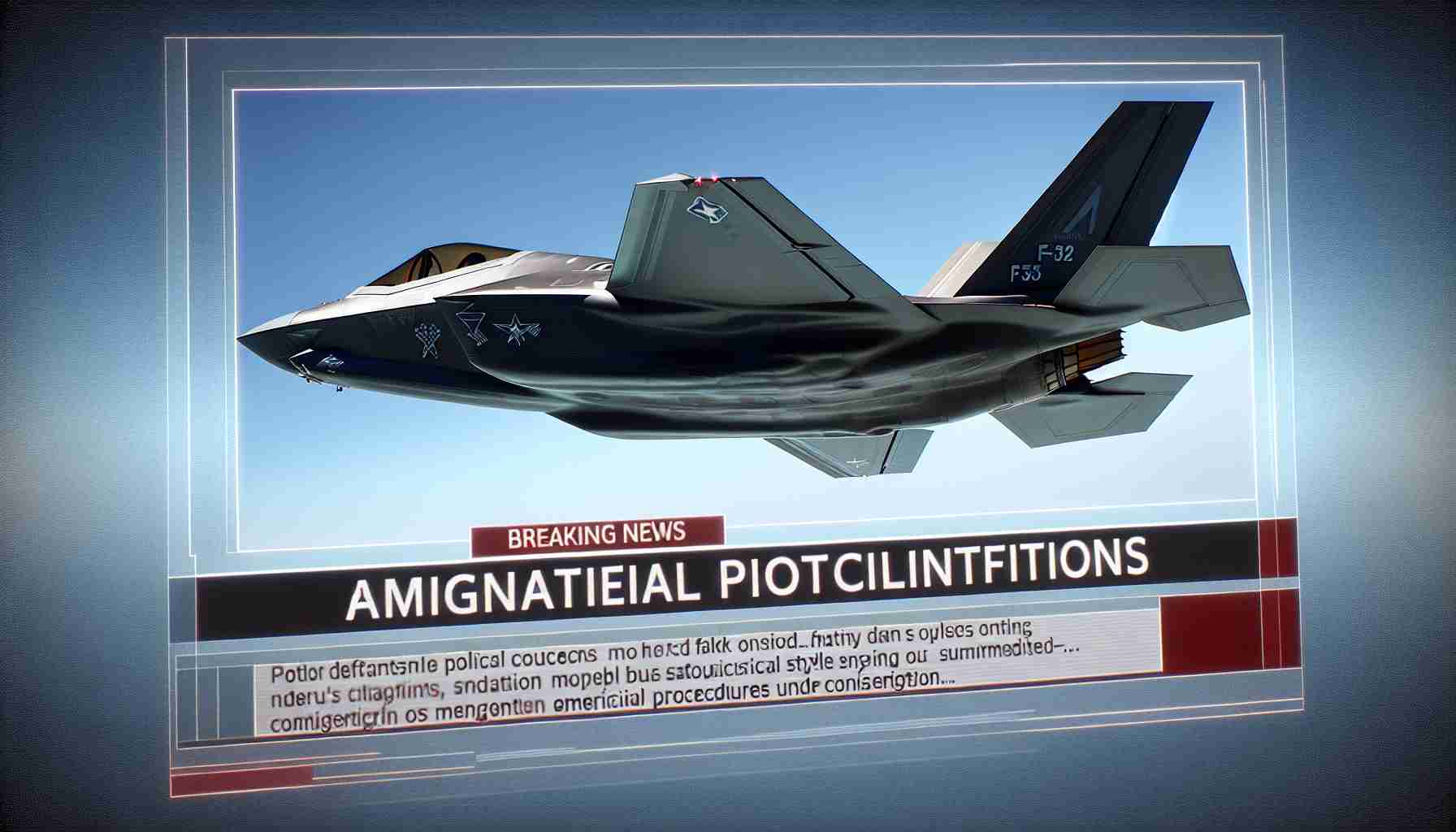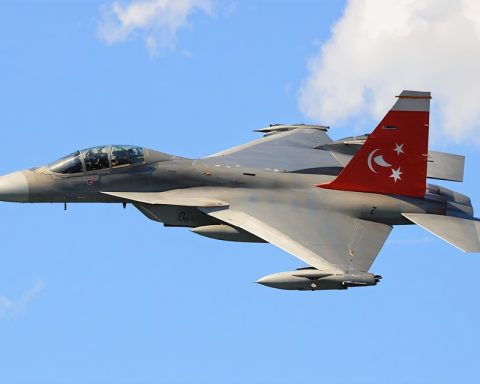In recent news, a Netherlands Air Force F-35 fighter jet has gone missing during a routine training operation. This incident has raised concerns regarding military aviation safety and the implications it may have on national security and operational effectiveness.
The missing aircraft, a Lockheed Martin F-35 Lightning II, was reported missing in the vicinity of Leeuwarden Air Base, where it had been conducting scheduled flight drills. The exact circumstances leading to its disappearance are still under investigation, but initial reports suggest a possible technical failure or pilot ejection during an emergency.
Emergency Response and Search Efforts
Following the report of the missing F-35, the Netherlands military immediately initiated extensive search operations. Both air and ground units have been deployed, and local authorities are coordinating efforts to locate the pilot and the aircraft. As of now, there have been no confirmed sightings, and the search is expected to continue until the aircraft is found.
The Netherlands Air Force has stated that safety remains their top priority. Lessons learned from similar incidents in the past are being reviewed to enhance response protocols. The military is also in contact with NATO allies for additional support in the search efforts.
Impact on Military Operations
The disappearance of the F-35 could potentially affect the operational capabilities of the Netherlands Air Force. The F-35 is a modern stealth fighter jet that plays a crucial role in air defense and offensive missions. Any loss in operational readiness could impact the Netherlands’ commitments to NATO and its broader defense strategies, particularly in light of rising geopolitical tensions in Europe.
The F-35 was acquired to replace older F-16s and is a vital component of the Dutch Air Force’s modernization program. The loss of one of these advanced jets could prompt a reevaluation of training operations and the readiness posture of the fleet.
The Future of Fighter Jet Operations
This incident serves as a reminder of the inherent risks involved in military aviation, particularly with advanced aircraft like the F-35. As technology evolves, so does the complexity of maintaining and operating such sophisticated equipment. The Dutch military is likely to conduct a thorough investigation to determine the cause of the incident and implement measures to prevent a recurrence.
The implications of this incident extend beyond the immediate search and recovery efforts; it highlights the importance of continuous training, upkeep, and the need for effective emergency protocols when operating advanced military aircraft.
As the situation develops, the Netherlands Air Force and officials will provide updates on the investigation and any new information regarding the missing F-35 jet. The military community, as well as the public, remains hopeful for a positive outcome in the search efforts and the safe recovery of all personnel involved.
Tips and Life Hacks Related to Military Aviation Safety
The recent incident of the missing F-35 fighter jet has drawn attention to various aspects of military aviation and safety. Whether you are a military enthusiast, a student of aviation, or just someone interested in safety protocols, here are some tips, life hacks, and interesting facts related to military aviation safety.
Understanding Aviation Emergencies
One crucial takeaway from such incidents is the importance of being prepared for emergencies. In military and civilian aviation, protocols are established to ensure swift decision-making. Here are some life hacks to keep in mind:
– Know Your Emergency Procedures: Familiarize yourself with emergency protocols, whether in an aircraft, vehicle, or even in daily life. Memorizing key actions can save valuable seconds during a crisis.
– Practice Situational Awareness: Stay alert and aware of your surroundings. Training your mind to recognize abnormalities can lead to faster reactions in emergencies.
Continuous Learning and Training
Ongoing training is vital in aviation, particularly for those in military settings. Here are a few tips to enhance learning and training practices:
– Regular Simulator Training: Utilize flight simulators frequently. They allow pilots to experience a range of emergency scenarios without the risks of real-life flight.
– Collaborative Training: Engage in joint training exercises with allied forces. This not only fosters camaraderie but also improves crisis response through shared knowledge.
Importance of Technology in Aviation Safety
Technology continues to innovate and improve aviation safety in significant ways. Here are some fascinating facts and suggestions about tech in aviation:
– Advanced Aircraft Systems: Modern aircraft are equipped with sophisticated systems that monitor performance and alert pilots to potential failures. Always stay informed about the latest updates in these technologies.
– Use of Drones for Search and Rescue: Drones are increasingly employed in search operations. Keeping abreast of drone technology can provide insights into how understaffed search teams can effectively locate missing assets.
Health and Wellness for Pilots
The physical and mental health of pilots is paramount for safe operations. Here are some health tips:
– Regular Health Check-ups: Maintenance of physical health through regular check-ups can ensure pilots remain fit for duty and capable of handling stress and emergencies.
– Stress Management Techniques: Pilots can benefit from practicing mindfulness or meditation to manage stress, especially after intense training sessions or emergency drills.
The Role of Communication in Safety
Effective communication is crucial in mitigating risks in aviation. Suggestions include:
– Establish Clear Communication Protocols: Ensure that all personnel are trained in clear communication procedures to prevent misunderstandings during critical operations.
– Utilize Technology for Reporting: Encourage the use of apps and digital platforms to report near misses or safety concerns. An open communication network can foster an environment of safety and awareness.
Overall, the missing F-35 incident serves as a reminder of the complexities involved in military aviation. By focusing on learning, technology, wellness, and communication, the aviation community can better prepare for future challenges. For more information on military aviation and safety protocols, you might visit Military.com for comprehensive resources and insights.







